The humble porcupine, often overlooked in discussions of nature’s most formidable defenders, possesses one of the most intricate and effective defense systems in the animal kingdom. With an arsenal of approximately 30,000 quills, this unassuming creature has evolved a biological masterpiece that deters even the most determined predators. Unlike the aggressive posturing of a lion or the venomous bite of a snake, the porcupine’s defense is passive yet extraordinarily effective. Its quills—modified hairs made of keratin—are not merely sharp spikes but sophisticated tools designed for maximum deterrent effect.
The Anatomy of a Quill
Each quill is a marvel of natural engineering. At first glance, it appears to be a simple spike, but closer inspection reveals a structure optimized for penetration and retention. The quill’s tip is covered in microscopic backward-facing barbs, which act like tiny fishhooks once embedded in flesh. These barbs make removal excruciatingly painful and often require surgical intervention in severe cases. Unlike the smooth spines of a hedgehog, porcupine quills are designed to lodge themselves deeper with movement, ensuring that predators learn their lesson after a single encounter.
The base of each quill is anchored loosely in the porcupine’s skin, allowing it to detach easily upon contact. This design ensures that the porcupine doesn’t suffer injury when shedding its defensive arsenal. The quills are not projectile weapons, as commonly believed; instead, they rely on direct contact. When threatened, the porcupine raises its quills, presenting a formidable barrier. If the predator persists, a quick tail swipe or backward lunge drives the quills into the attacker’s flesh. The aftermath is often a painful retreat, with the embedded quills serving as a lasting reminder of the porcupine’s defensive prowess.
A Passive but Potent Strategy
Porcupines are not aggressive animals. They prefer avoidance over confrontation, relying on their quills as a last resort. This passive strategy is energy-efficient and minimizes the risk of injury to the porcupine itself. Unlike venomous creatures that must produce and replenish toxins, porcupines regrow lost quills over time, making their defense system sustainable. The mere presence of a raised quill display is often enough to discourage potential threats, showcasing nature’s brilliance in non-violent deterrence.
Interestingly, porcupines have few natural predators. Large cats like lions and leopards occasionally attempt attacks, but these are rare and often end in failure. Even humans, with their superior intelligence and tools, approach porcupines with caution. Historical records and indigenous knowledge highlight the respect hunters have for the porcupine’s defenses, often opting to avoid them rather than risk injury. This universal wariness speaks volumes about the effectiveness of the porcupine’s 30,000-quill arsenal.
The Evolutionary Advantage
The porcupine’s quills are a product of millions of years of evolutionary refinement. Early ancestors likely had simpler, less effective defenses, but over time, natural selection favored individuals with more sophisticated quill structures. The barbs, the ease of detachment, and the sheer number of quills all contribute to a defense mechanism that is nearly foolproof. This evolutionary arms race between predator and prey has resulted in a creature that is rarely challenged, allowing porcupines to thrive in diverse habitats across the Americas, Africa, and Asia.
Another fascinating aspect of porcupine evolution is the variation among species. New World porcupines, found in the Americas, are arboreal and possess shorter quills suited for climbing and forest environments. Old World porcupines, native to Africa and Asia, are terrestrial and have longer, more robust quills adapted for open landscapes. Despite these differences, the underlying principle remains the same: an overwhelming number of quills that make predation more trouble than it’s worth.
Myths and Misconceptions
Popular culture often misrepresents porcupines, portraying them as creatures that shoot their quills like arrows. This myth persists despite being biologically impossible. Porcupines have no mechanism to launch their quills; the spines detach only upon physical contact. Another misconception is that porcupines are invincible. While their defenses are formidable, they are not impervious to injury. Young or sick porcupines may fall victim to predators, and quills offer little protection against environmental threats like habitat loss or human encroachment.
Additionally, porcupines are sometimes unfairly labeled as pests due to their habit of gnawing on wood and other materials to keep their ever-growing teeth in check. This behavior, while inconvenient for humans, is a vital survival trait. Understanding these nuances helps dispel unfounded fears and fosters appreciation for these unique animals.
Conservation and Coexistence
Despite their effective defenses, porcupines face challenges in the modern world. Habitat destruction, road accidents, and illegal hunting for their quills or meat threaten some populations. Conservation efforts are crucial, particularly for species with limited ranges. Educating communities about the ecological role of porcupines—such as their contribution to seed dispersal—can help mitigate human-wildlife conflicts.
Porcupines also play a subtle but important role in their ecosystems. Their foraging habits influence plant growth, and their abandoned burrows provide shelter for other animals. By protecting porcupines, we indirectly support biodiversity. Coexistence is possible with simple measures like securing garbage bins and avoiding unnecessary confrontations, allowing these quilled wonders to continue their quiet, defensive mastery in the wild.
The porcupine’s 30,000-quill defense system is a testament to nature’s ingenuity. It is a perfect blend of passive deterrence and active protection, evolved over eons to near perfection. In a world where survival often hinges on brute strength or speed, the porcupine stands as a reminder that sometimes, the best defense is a forest of spines and the wisdom to use them sparingly.

By /Jun 10, 2025
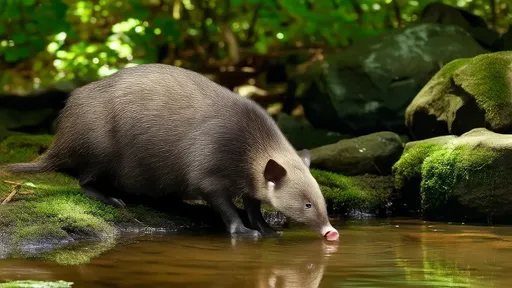
By /Jun 10, 2025
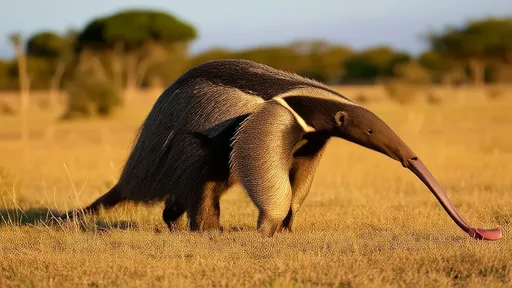
By /Jun 10, 2025
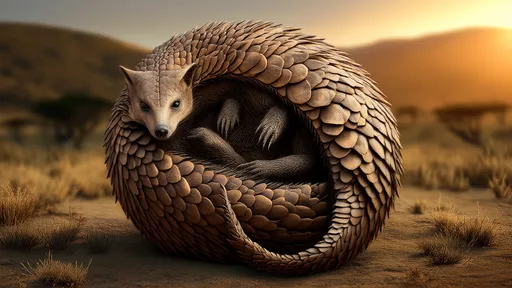
By /Jun 10, 2025

By /Jun 10, 2025

By /Jun 10, 2025

By /Jun 10, 2025

By /Jun 10, 2025

By /Jun 10, 2025

By /Jun 10, 2025

By /Jun 10, 2025

By /Jun 10, 2025

By /Jun 10, 2025
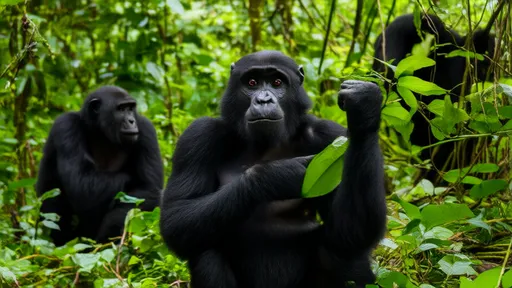
By /Jun 10, 2025

By /Jun 10, 2025
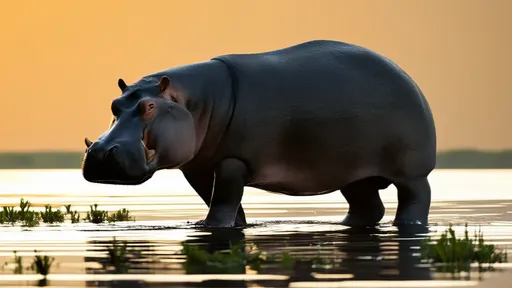
By /Jun 10, 2025
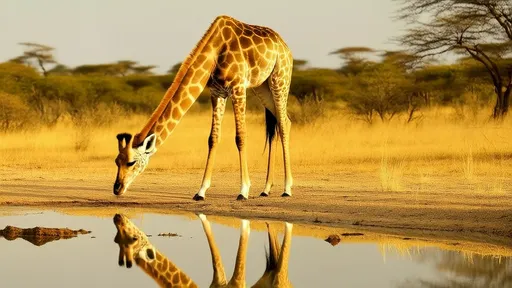
By /Jun 10, 2025